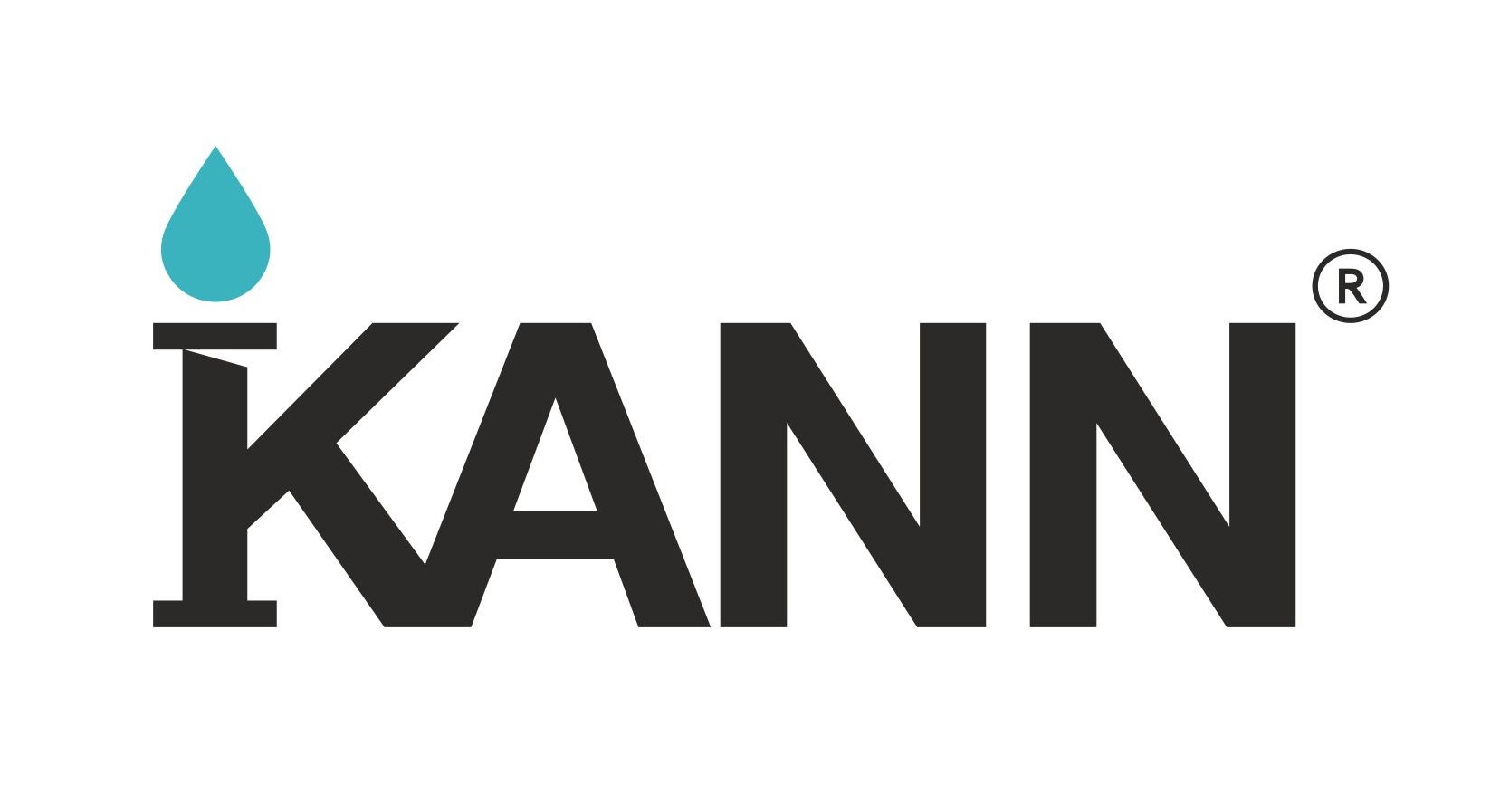Sand and oil separators
KANN series PN
The company LLC "KANN PROJECT" manufactures sand-oil separators of the KANN PN series, designed for the treatment of stormwater and industrial wastewater containing sand and oil.
The KANN PN series oil separators are designed for the stepwise treatment of stormwater and industrial effluents to remove suspended solids, petroleum products, and surfactants to meet the regulatory standards allowed for discharge into centralized stormwater systems or the environment (water bodies, drainage systems, ditches, infiltration systems, evaporation ponds) in accordance with the requirements of water protection and usage legislation. Our wastewater treatment systems have all the necessary certificates and expert conclusions.
Surface runoff undergoes three stages of treatment:
Stage 1 - sedimentation of suspended solids
Stage 2 - separation of oil products and fats
Stage 3 - additional cleaning using sorbents (optional).
Stage 1 - sedimentation of suspended solids
Stage 2 - separation of oil products and fats
Stage 3 - additional cleaning using sorbents (optional).
The basic equipment of the product includes: a maintenance well kit with locking hatches, a coalescing module block, a ventilation riser, and a stationary ladder.
Optional equipment may include: remote monitoring system (GSM and/or Ethernet), sand level indicator, oil level indicator, absorbent material kit for loading, and mounting straps.
For the treatment of wastewater from industries and car washes, containing a large amount of mechanical impurities, petroleum products, and various chemicals, KANN WA series Water Treatment Systems (WTS) can be used.
Principle of Operation of Sand Oil Separator (SOS)
The wastewater flows by gravity into the first chamber of the treatment facilities - the grit separator. At this stage, the flow is diminished, and larger debris and sand settle under the influence of gravity.
Then the water enters the second compartment - the oil-water separator. Here, with the help of a coalescing module, dissolved petroleum products are separated from the water and smaller particles of suspended substances are settled. Subsequently, these contaminants are cleaned with a vacuum truck during the maintenance of the treatment facilities.
Subsequently, water flows by gravity into the third compartment, the sorption filter. This section enables the desired results in the treatment of stormwater runoff. By passing through the sorbents, water is purified from suspended solids by up to 98%, from petroleum products by up to 99%, and from BOD by as much as 96%.
Constructive elements of sand-oil separator:
Sand separators
Designed to trap sand and petroleum products present in surface runoff through gravitational sedimentation. The sand trap's construction effectively retains non-dissolved substances in the runoff. To monitor sediment levels in the sand trap, a sludge level sensor may be included in the supply package of the treatment facilities, if necessary.
Oil separators
It is a structure containing a coalescing module. Polypropylene is a water-repellent material that, when water flows through an oil separator, attracts small particles of hydrocarbon substances to its surface while simultaneously repelling water. As a result, the oil particles coalesce into larger droplets or aggregates, which then rise to the water's surface and form oil slicks that are subsequently pumped out. To monitor the presence of oil products, an oil level sensor may be included in the delivery package of the treatment facilities.
Adsorption filter
Designed for further purification of stormwater from various impurities that were not captured by the oil separator. It consists of several filtering layers: shungite and activated carbon. Shungite has the ability to effectively purify from various pollutants, including organic ones. Water is filtered through the layer of shungite, which distributes the water flow, and then moves to the carbon filter. Activated carbon is one of the best adsorbents for the removal of petroleum products and organic pollutants.
Local Wastewater Treatment Facilities (LWTF) KANN®
for the treatment of wastewater containing sand, oil, and grease
Sand & oil separators KANN®
They represent local wastewater treatment facilities (LWF) designed for the comprehensive treatment of sand-containing and oil-containing surface and industrial wastewater. Oil-containing wastewater can include runoff from garages, parking lots, auto repair shops, gas stations, service stations, fuel depots, parking areas of shopping centers, and compressor station areas.
Such a treatment facility can be used either individually or in conjunction with other treatment systems.
Such a treatment facility can be used either individually or in conjunction with other treatment systems.
Local treatment facilities (LTF) designed for the purification of sand-containing surface and industrial wastewater from the infiltration of suspended sand particles and other debris into the stormwater drainage system through sedimentation. Typically, these are discharges on the territory of industrial facilities where there is a high degree of wastewater contamination.
Local treatment facilities (LTF) are designed to purify wastewater containing fats, preventing oily substances from entering the sewage system. These are primarily the wastewater from catering establishments, grocery stores, and manufacturing enterprises in the food industry. These treatment facilities help prevent clogging in urban communications.
